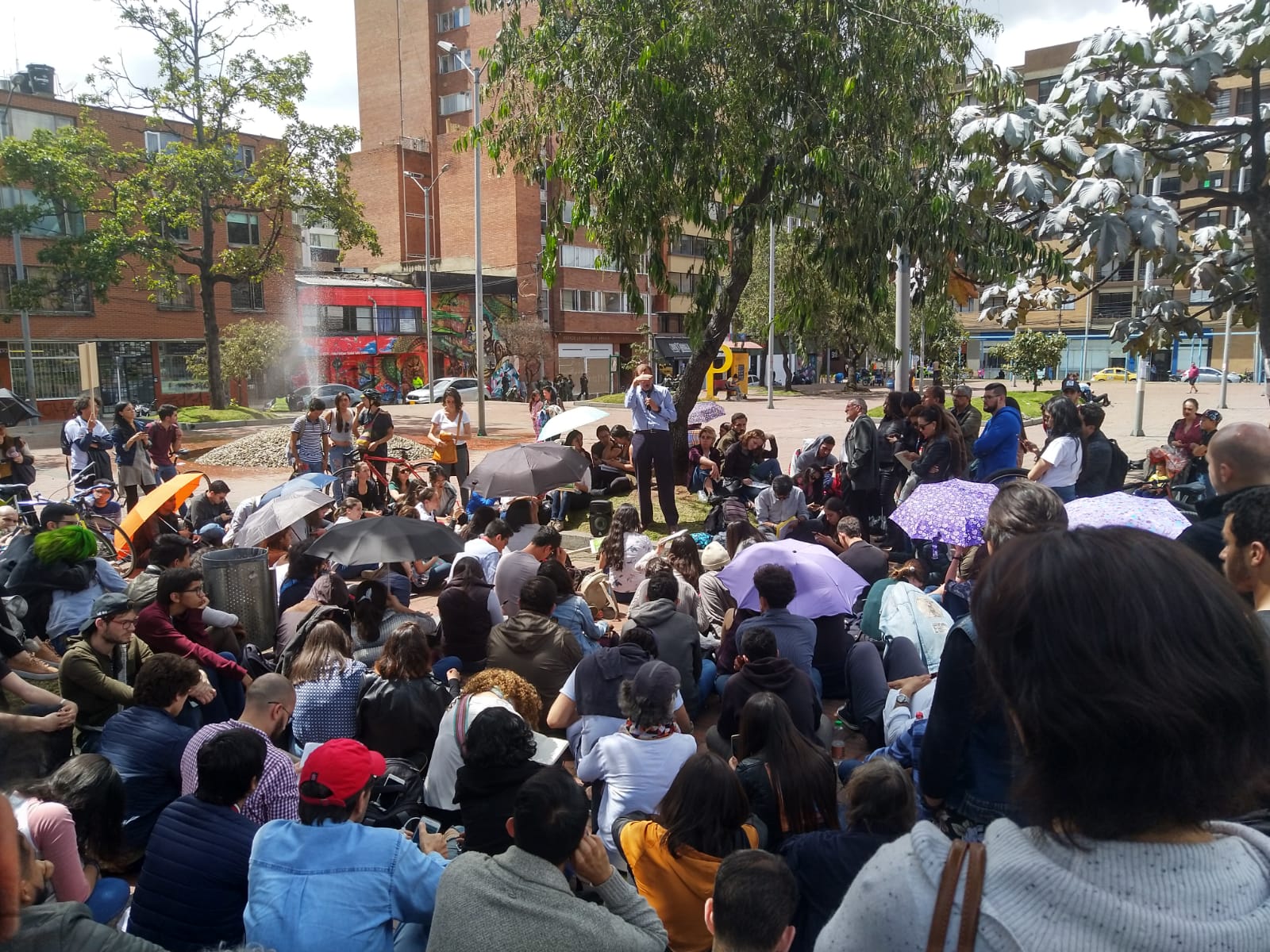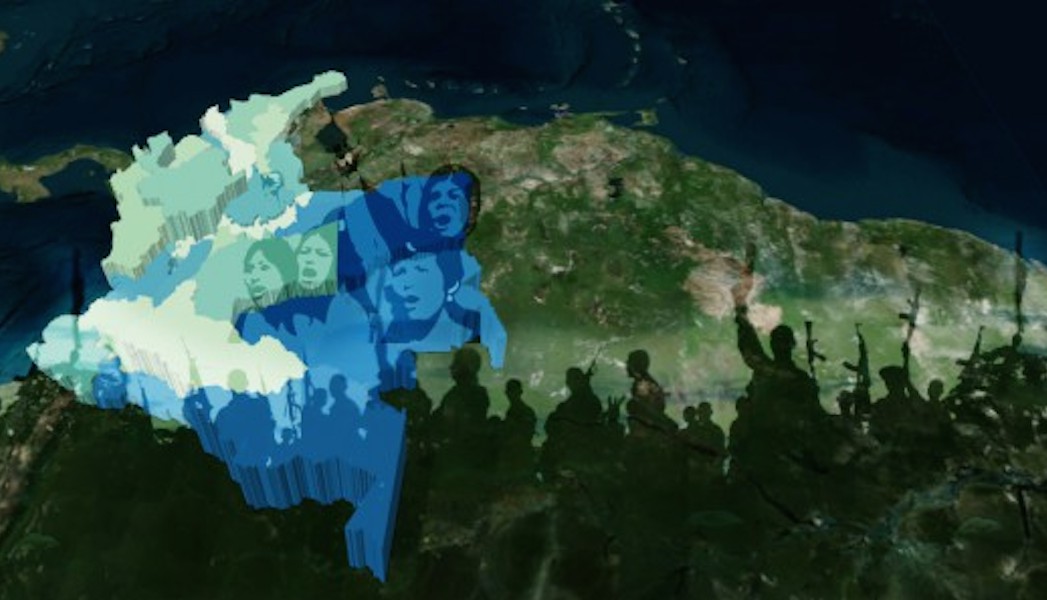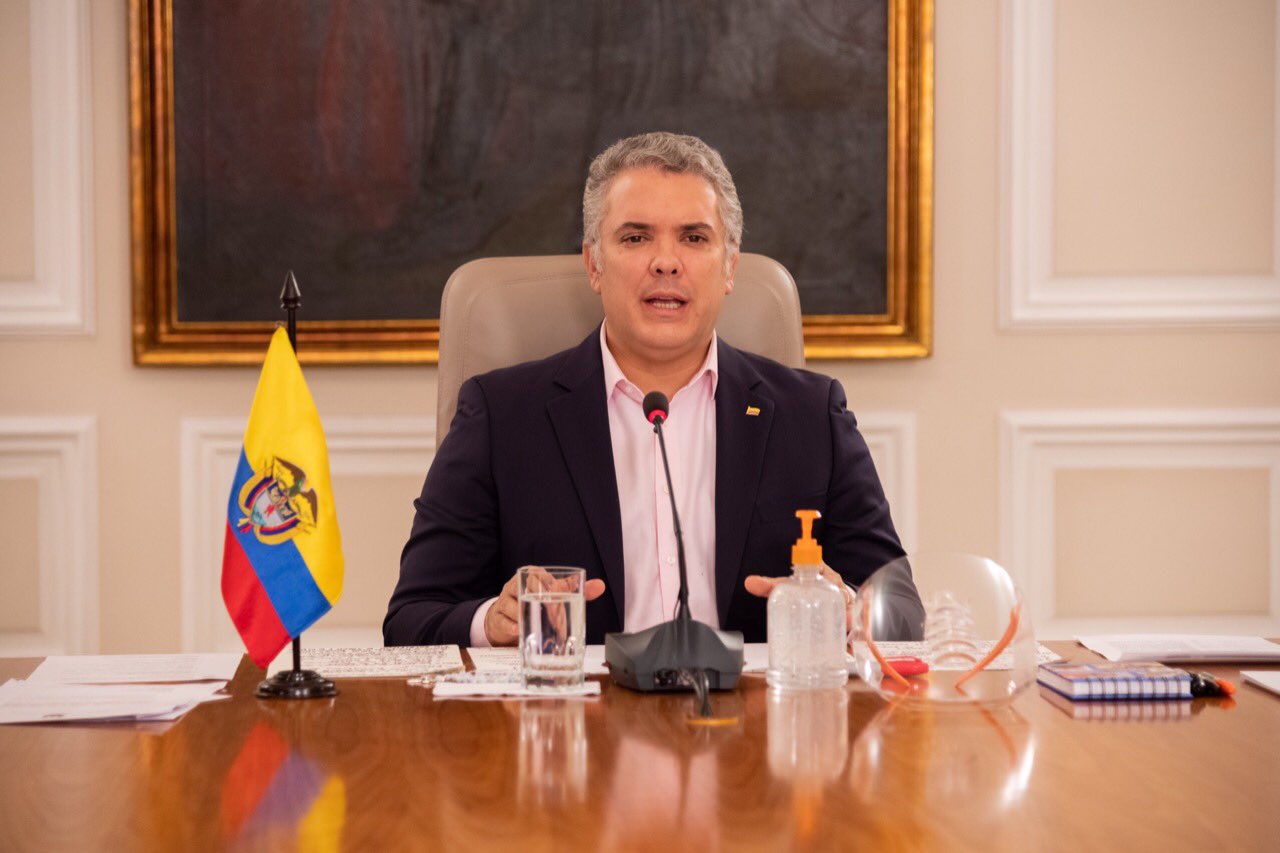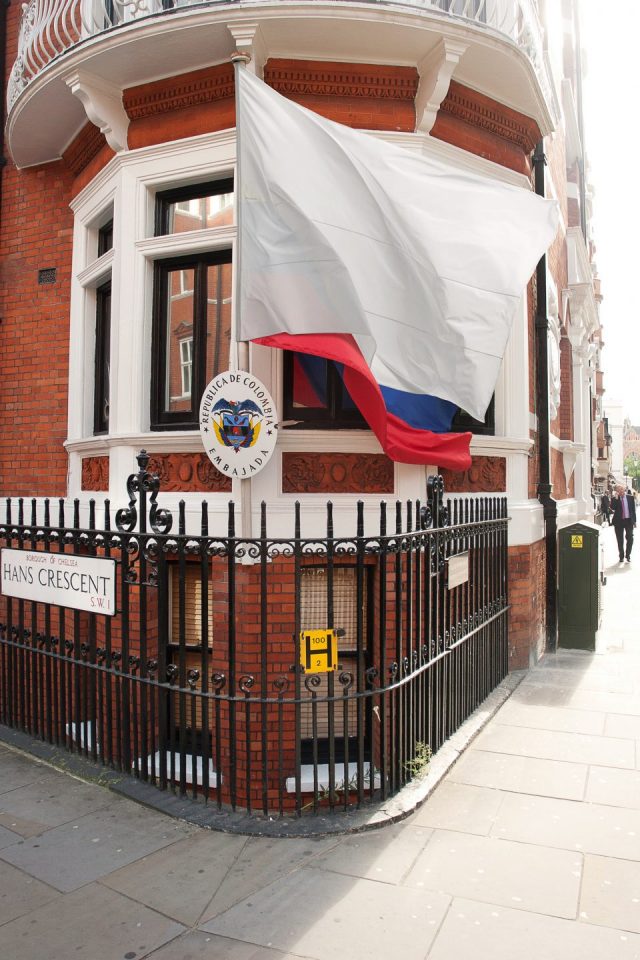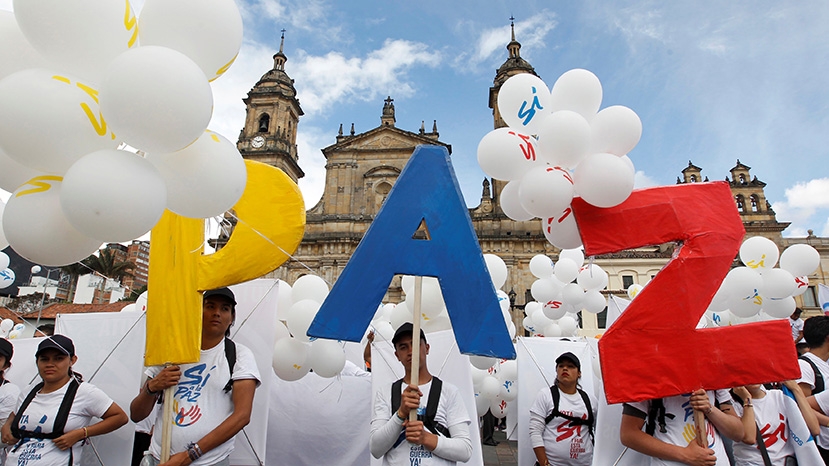
The killings of social leaders continue unabated in Colombia. The assailants and motives behind the killings vary according to each individual case. Although the government has condemned the killings and pledged to reinforce security for social leaders, the cold hard truth suggests that the killings of social leaders will continue and even grow unless the government makes additional efforts to implement rural reform and fulfil the terms of the peace deal with the FARC.
Since the left-wing Revolutionary Armed Forces of Colombia (FARC) guerrilla group and the Colombian government signed a landmark peace agreement, there were early warnings that the vacuums of power left behind and the historical statelessness in rural areas represented one of the largest risks to peace and stability in the country. Shortly after the ceasefire and the FARC’s concentration in transitional zones across the
The murders of social leaders are difficult to pin down on a single actor, motive or region. Additionally, the victims of these crimes also vary significantly from indigenous leaders, Afro-Colombian activists, women’s rights activists, victims rights activists, community activists, human rights defenders, individuals behind land claims, unionists, heads of local environmental associations, local political activists and elected officials. El Colombiano, a daily newspaper from Medellín, compiled an interactive graph that details the victims as well as their geographic location. In synthesis security situation for social leaders in Colombia is a full-blown crisis.
The competent authorities have condemned the killings in the harshest terms, they have also pledged that they will reinforce security for social leaders and strengthen the rule of law in rural areas. Those are the right things to say and the right goals to have. However, regardless it is unlikely that the killing of social leaders will stop unless the government takes rural development including land reform seriously.
Gobierno dice que ninguno de los seis líderes sociales asesinados en lo corrido de este año, tenían medidas de protección ni tampoco las habían pedido #VocesySonidos https://t.co/WGzjCQI0cg
— BluRadio Colombia (@BluRadioCo) January 8, 2019
Social leaders in the crosshairs
There is quite a bit of dispute around three issues on the topic of social leaders. First, what is a social leader? Second, who is killing social leaders and why? Third, how many are actually being killed?
My list for social leader above includes a very broad assortment of individuals. That is because social leaders are mostly rural residents who have leadership qualities and who have stood out for others and their belief in what is right. In a stateless vacuum, social leaders become authority figures and broadly represent interests of local citizens. However, in that same vein, because of their leadership, they also threaten the territorial control and legitimacy of illegal actors who are unbound by ideology or hierarchy.
According to an investigation by the Universidad del Rosario, the killings of social leaders are systematic and largely associated with land claims. Social leaders have been killed in a greater proportion in the places where the FARC operated before handing over their weapons and was in play for other armed left-wing guerrilla groups such as the ELN, narcotrafficking organizations such as the Clan del Golfo, the Caparrapos, the Frente Oliver Sinisterra and other dissident and former paramilitary groups to occupy following the FARC’s departure from armed conflict.
The study also reveals that individuals residing in areas where there are ongoing land restitution claims and have a presence of criminal organizations, the homicides of leaders with respect to the municipal population increased at 0.32 per 100 thousand inhabitants. Land restitution claims, according to the study, increases the average murder of social leaders compared to other areas where there was also FARC presence as well as
“El asesinato de líderes sociales se disparó cuando las Farc dejaron de disparar”. Entrevista completa: https://t.co/iPwsmXEJfl pic.twitter.com/ILALuXfPbi
— La Silla Vacía (@lasillavacia) January 5, 2019
Some, like Gustavo Petro, have been quick to jump at the chance to claim that killings of social leaders are a direct affront at his political movement that
The Ombudsman’s office reported that 164 social leaders were killed in 2018 (153 men and 11 women). Meanwhile, political organizations such as the Marcha Patriotica have
What can the government do?
It is important to clarify that the government is saying the right things with regards to the killings of social leaders. The government’s unequivocal condemnation of the murders is reiterated with every downed leader. Discussions are had regarding the early alert system by the Ombudsman´s office as well as the National Protection Unit’s fulfilment of their duty to carry out security assessments of leaders and provide security measures to people under credible threats.
However, the problem runs deeper than that. President Ivan Duque’s principal campaign promise was to make changes to the peace agreement with the FARC which immediately put the implementation of the agreement in limbo. His political appointees – who have expressed their deep running skepticism of the peace agreement – to the positions in charge of the implementation of the agreement, such as the Rural Development Agency and his failed nomination to lead the National Council of Historic Memory have been missed opportunities to reaffirm the government’s commitment to the implementation of the agreement.
The government has also been slow on the implementation of land reform, as contained in the peace agreement. In fact, they have reverted some of the past government’s positions on land reform and land restitutions. Which not only empowers local elites with vested interests in maintaining the status quo, but emboldens actions against proponents of land reform who have been categorized by right-wing politicians as subservient to guerrilla interests. The government needs to recognize the killing of social leaders as a deep-rooted problem, one that can expand and ultimately gain more prominence eroding the security gains made under the peace agreement, first it needs to reign in from its own ranks.
The government, ultimately has to make large investments in rural development. This effort requires a sincere commitment to the implementation of the peace agreement which includes a serious effort to introduce land reform, a rethink of the government’s rural development strategy – in particular crop substitution an aerial eradication – and efforts to make significant government investments in providing a full cadre of basic services to rural areas – which include but are not limited to road infrastructure, housing, electricity, water and sanitation, education, and improvements on rural governance. This is a tall order, one that the government of President Iván Duque will struggle to mitigate. In the meantime, the killings of social leaders will continue in the foreseeable future and signal the government’s inability to provide a safe and secure environment for its people.
This opinion column is intended as a space to discuss some of the most pressing issues faced by Colombia and the region in these uncertain times. All opinions and content are solely the opinion of the author and do not represent the viewpoints of The Bogotá Post.
Sergio Guzmán is the Director of Colombia Risk Analysis, a political risk consulting firm based in Bogotá. Follow him on Twitter @serguzes and @ColombiaRisk
*El Mohán is a Colombian mythological figure. He is described as a hairy humanoid figure associated with natural forces such as great rivers and the mysteries lying within the forests. It is said, El Mohán was a shaman who had an anticipated vision of the arrival of the Spanish conquerors and the terrors they brought along.

